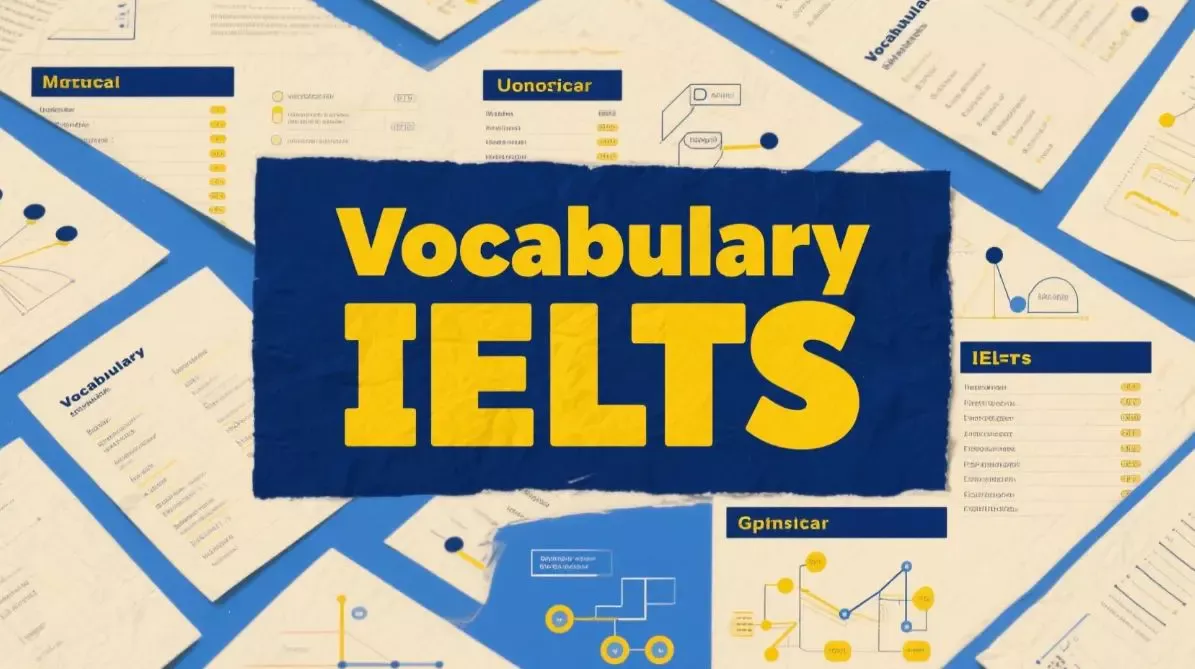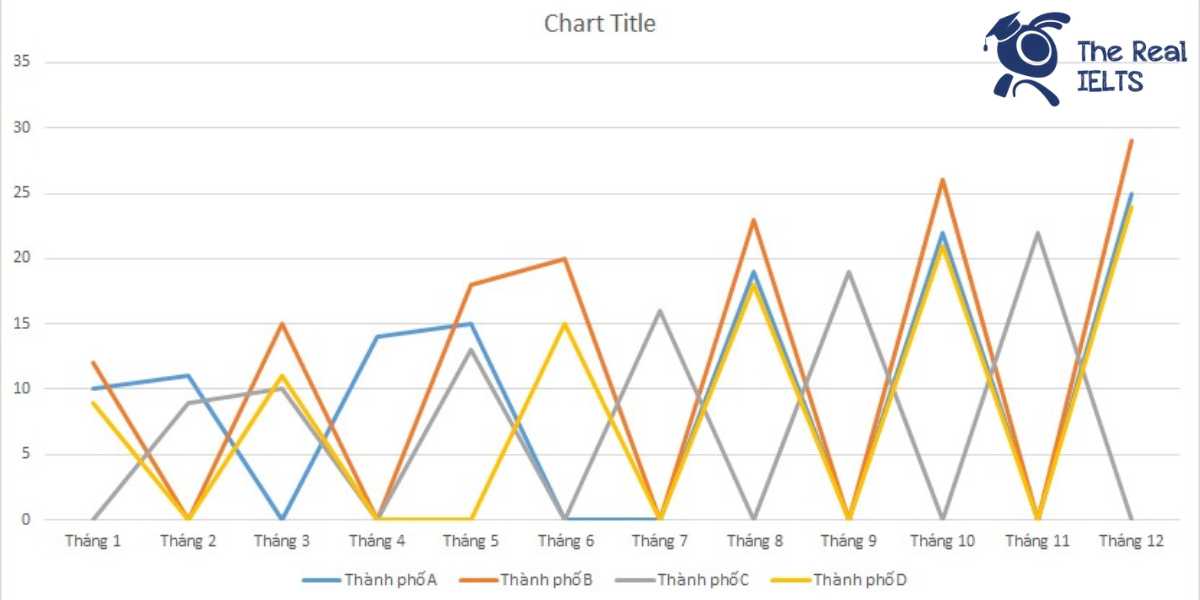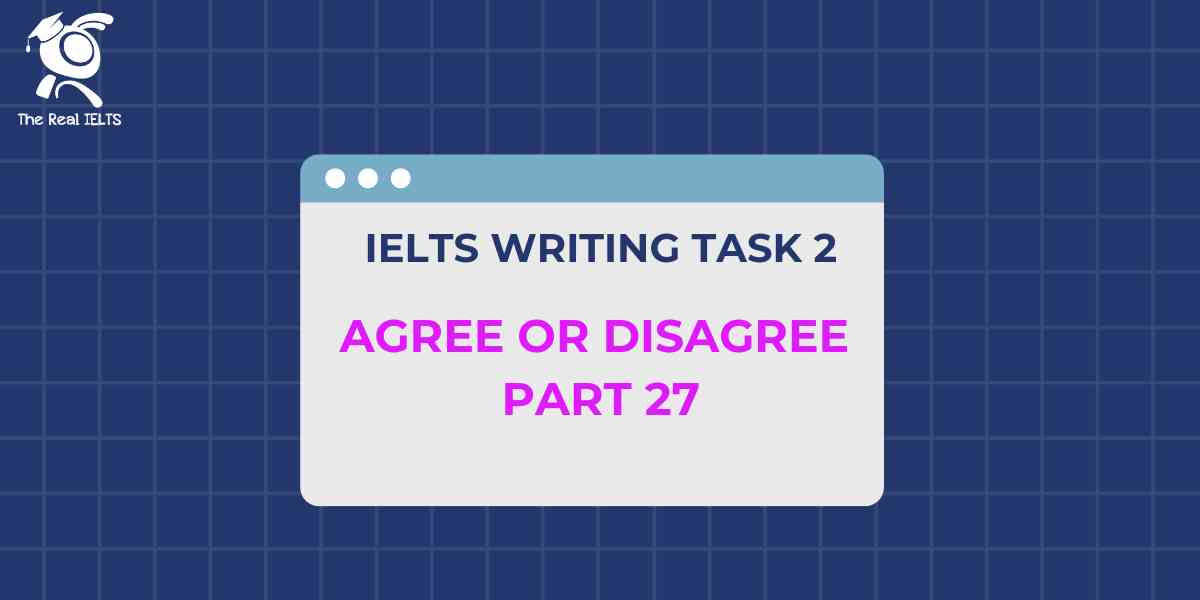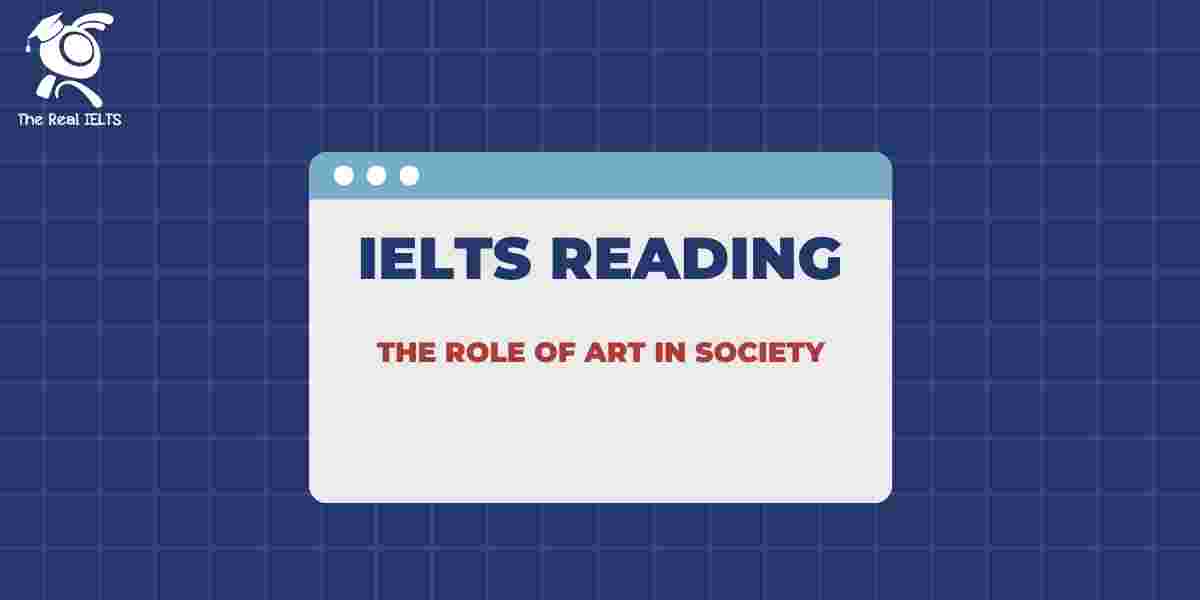Đề bài IELTS Writing task 2 dạng dạng Advantages and Disadvatages: Smart Homes
You should spend about 40 minutes on this task
The adoption of smart home technology. Do the advantages of this outweigh the disadvantages?
Write at least 250 words.
Bài mẫu IELTS Writing Task 2 dạng Advantages and Disadvatages: Smart Homes
Introduction
The increasing adoption of smart home technology is revolutionizing modern living, offering convenience, energy efficiency, and enhanced security. However, this trend also brings concerns about privacy and high costs. In this essay, I will argue that while there are certain disadvantages to smart homes, the benefits far outweigh the drawbacks for most households.
Body Paragraph 1: Advantages
One of the primary advantages of smart home technology is the increased convenience it offers. With the ability to control lighting, appliances, and security systems through a smartphone or voice command, homeowners can save time and energy. For instance, smart thermostats automatically adjust the temperature based on the homeowner’s schedule, optimizing energy use and lowering utility bills.
Additionally, smart homes enhance security. Features like smart locks, surveillance cameras, and alarm systems allow for real-time monitoring and notifications. If a homeowner is away, they can receive alerts if someone attempts to enter their home, providing peace of mind. For example, Ring doorbells, which provide live video feeds, have helped prevent thefts in many neighborhoods by alerting homeowners and deterring criminals.
Body Paragraph 2: Disadvantages
Despite the advantages, smart home technology does have some notable disadvantages, with privacy concerns being one of the most significant. Many smart devices collect and store user data, raising fears about potential hacking or data breaches. For instance, smart speakers like Amazon Echo and Google Home are always listening for voice commands, which could be exploited by hackers to access sensitive information.
Another disadvantage is the high initial cost of installation and maintenance. Smart home devices, such as intelligent lighting, security systems, and smart refrigerators, are often expensive, making them unaffordable for many people. Furthermore, these devices may require regular updates or maintenance, which could lead to additional costs over time. A smart refrigerator, for instance, can cost significantly more than a traditional one, and repairs can be equally costly.
Conclusion
In conclusion, while smart home technology presents some challenges, particularly in terms of privacy and cost, the convenience and enhanced security it provides make it a valuable addition to modern households. Overall, the benefits of smart homes outweigh the drawbacks, especially as technology continues to evolve and become more secure and affordable.
Thống kê cấu trúc câu và cấu trúc ngữ pháp
1. Cấu trúc câu:
- Câu đơn (Simple Sentences):
- Ví dụ: “Smart homes enhance security.”
- Tổng số: 3 câu.
- Câu phức (Complex Sentences):
- Câu phức là câu có một mệnh đề chính và một hoặc nhiều mệnh đề phụ thuộc.
- Ví dụ: “With the ability to control lighting, appliances, and security systems through a smartphone or voice command, homeowners can save time and energy.”
- Tổng số: 5 câu.
- Câu ghép (Compound Sentences):
- Câu ghép là câu có hai mệnh đề chính kết nối bằng liên từ như “and”, “but”, “or”.
- Ví dụ: “Many smart devices collect and store user data, raising fears about potential hacking or data breaches.”
- Tổng số: 4 câu.
- Câu phức ghép (Compound-Complex Sentences):
- Câu phức ghép là câu có ít nhất hai mệnh đề chính và một mệnh đề phụ thuộc.
- Ví dụ: “Despite the advantages, smart home technology does have some notable disadvantages, with privacy concerns being one of the most significant.”
- Tổng số: 2 câu.
2. Cấu trúc ngữ pháp:
- Thì hiện tại đơn (Present Simple):
- Được sử dụng chủ yếu để trình bày các thông tin chung và sự thật.
- Ví dụ: “The increasing adoption of smart home technology is revolutionizing modern living.”
- Tổng số: 10 câu.
- Thì hiện tại hoàn thành (Present Perfect):
- Được dùng để diễn tả một hành động đã bắt đầu trong quá khứ và còn liên quan đến hiện tại.
- Ví dụ: “Smart doorbells like Ring have helped prevent thefts.”
- Tổng số: 1 câu.
- Thì tương lai đơn (Future Simple):
- Được sử dụng để dự đoán hoặc chỉ ra một kết quả trong tương lai.
- Ví dụ: “Overall, the benefits of smart homes will outweigh the drawbacks.”
- Tổng số: 1 câu.
- Cấu trúc bị động (Passive Voice):
- Được dùng để nhấn mạnh hành động hơn là chủ thể thực hiện hành động.
- Ví dụ: “Data could be exploited by hackers.”
- Tổng số: 2 câu.
- Cụm phân từ (Participle Phrases):
- Dùng để miêu tả thêm thông tin về danh từ hoặc động từ trong câu.
- Ví dụ: “Raising fears about potential hacking or data breaches.”
- Tổng số: 3 cụm.
Các từ vựng tiếng Anh cần lưu ý trong bài viết
1. Adoption (n)
- Nghĩa: Sự chấp nhận, áp dụng
- Ngữ cảnh: “The increasing adoption of smart home technology is revolutionizing modern living.”
- Lưu ý: Đây là một từ mang tính học thuật, thường được dùng để mô tả việc chấp nhận hoặc đưa vào sử dụng một ý tưởng hoặc công nghệ mới.
2. Convenience (n)
- Nghĩa: Sự tiện lợi
- Ngữ cảnh: “One of the primary advantages of smart home technology is the increased convenience it offers.”
- Lưu ý: Dùng để nói về sự thuận tiện trong cuộc sống, thường liên quan đến việc tiết kiệm thời gian hoặc công sức.
3. Energy efficiency (n)
- Nghĩa: Hiệu quả năng lượng
- Ngữ cảnh: “Smart thermostats automatically adjust the temperature based on the homeowner’s schedule, optimizing energy efficiency.”
- Lưu ý: Là cụm từ quan trọng trong chủ đề công nghệ và môi trường, thể hiện việc sử dụng năng lượng một cách tiết kiệm và hiệu quả.
4. Surveillance (n)
- Nghĩa: Sự giám sát
- Ngữ cảnh: “Features like smart locks, surveillance cameras, and alarm systems allow for real-time monitoring.”
- Lưu ý: Thường được dùng trong bối cảnh bảo mật và an ninh, đề cập đến việc quan sát và theo dõi.
5. Real-time monitoring (n)
- Nghĩa: Giám sát thời gian thực
- Ngữ cảnh: “These systems allow for real-time monitoring and notifications.”
- Lưu ý: Thuật ngữ này thường xuất hiện khi nói về các công nghệ thông minh hoặc bảo mật, thể hiện sự giám sát ngay lập tức và liên tục.
6. Privacy concerns (n)
- Nghĩa: Mối lo ngại về quyền riêng tư
- Ngữ cảnh: “Privacy concerns are one of the most significant disadvantages of smart home technology.”
- Lưu ý: Được dùng phổ biến trong các bài viết về công nghệ và internet, khi nói về vấn đề bảo mật và dữ liệu cá nhân.
7. Data breaches (n)
- Nghĩa: Sự rò rỉ dữ liệu
- Ngữ cảnh: “Many smart devices collect and store user data, raising fears about potential hacking or data breaches.”
- Lưu ý: Là cụm từ quan trọng trong các chủ đề liên quan đến bảo mật thông tin và công nghệ.
8. High initial cost (n)
- Nghĩa: Chi phí ban đầu cao
- Ngữ cảnh: “Another disadvantage is the high initial cost of installation and maintenance.”
- Lưu ý: Thường được dùng trong các bài viết về công nghệ, kinh tế khi đề cập đến giá cả của việc áp dụng công nghệ mới.
9. Affordable (adj)
- Nghĩa: Có khả năng chi trả, giá cả phải chăng
- Ngữ cảnh: “These devices are often expensive, making them unaffordable for many people.”
- Lưu ý: Dùng để mô tả về giá cả, thường đi cùng các chủ đề liên quan đến tài chính, tiêu dùng.
10. Hackers (n)
- Nghĩa: Tin tặc
- Ngữ cảnh: “Smart devices could be exploited by hackers to access sensitive information.”
- Lưu ý: Từ này liên quan đến lĩnh vực an ninh mạng và bảo mật thông tin, rất phổ biến trong các chủ đề công nghệ.
11. Maintenance (n)
- Nghĩa: Sự bảo trì
- Ngữ cảnh: “Smart home devices may require regular updates or maintenance.”
- Lưu ý: Thường dùng trong các ngữ cảnh nói về công nghệ, hạ tầng và máy móc, chỉ việc duy trì, sửa chữa hệ thống.
12. Evolve (v)
- Nghĩa: Phát triển, tiến hóa
- Ngữ cảnh: “Technology continues to evolve and become more secure and affordable.”
- Lưu ý: Một động từ quan trọng để chỉ sự phát triển, đặc biệt trong bối cảnh công nghệ và xã hội.
Đọc thêm về bài viết gợi ý luyện thi IELTS.















